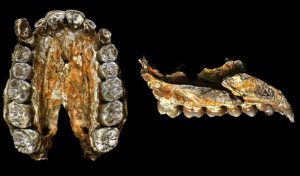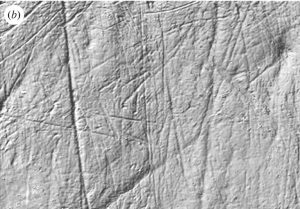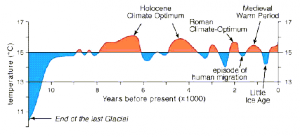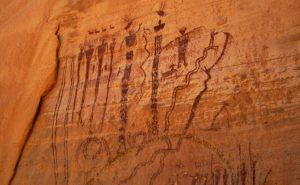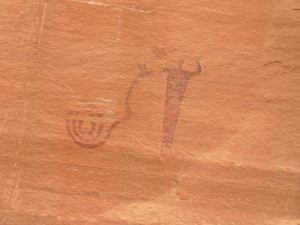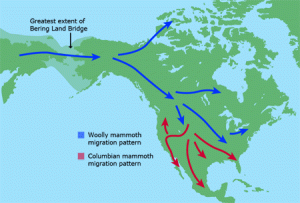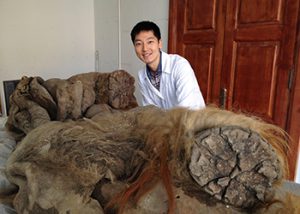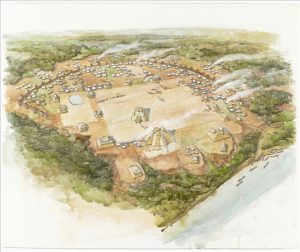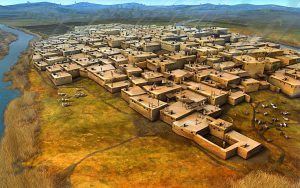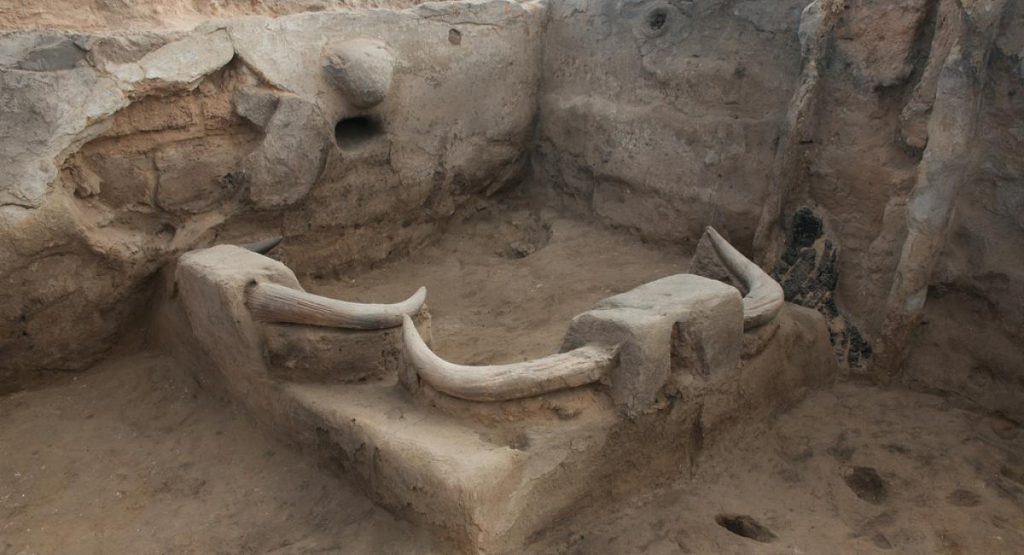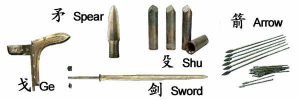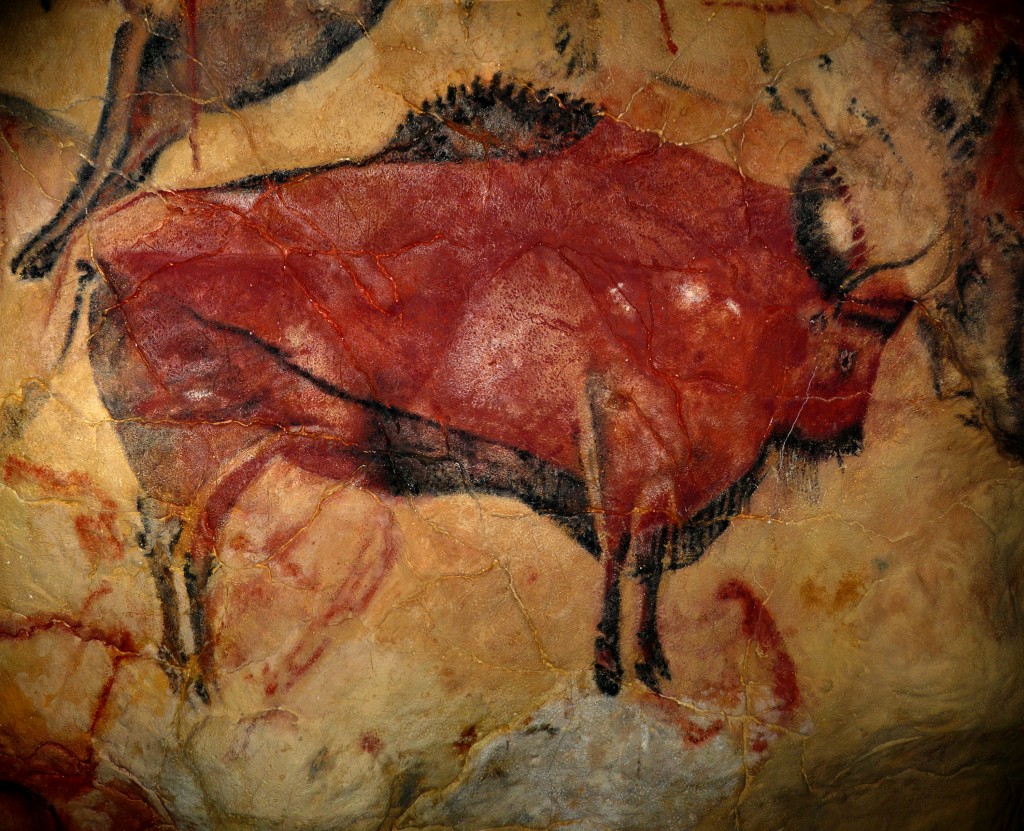Australopithecus afarensis, more commonly known as “Lucy’s species” after Lucy, the famous fossil discovered in Ethiopia in 1974, is an early human species that lived between 3.85 and 2.95 million years ago in Eastern Africa.
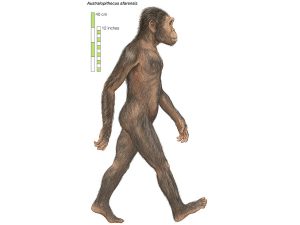
An artist’s rendition of Au. afraensis. Males had an average height of 4 ft 11 and an average weight of 92 lbs, while females had an average height of 3 ft 5 and an average weight of 64 lbs.
A crucial part of understanding Au. afarensis is understanding the specie’s diet and therefore environment, as the environment determines what food is available. To determine the eating habits of Au. afarensis, researchers turned to morphological features relating to diet, such as skull and mandible (jaw) structure and teeth. Based on their strong and robust skulls, large mandibles, and thick enamel, some concluded that Au. afarensis ate hard and brittle foods. However, later studies found that while Au. afarensis could eat these foods, their diet actually consisted of softer foods, mainly grass, leaves, and fruits.
One group of researchers conducted a microwear texture analysis on the teeth of various Au. afarensis specimens. Different types of food interact differently with the teeth, leaving distinct textures and abrasions on the surface. Hard and abrasive foods like nuts and seeds create complex patterns, tough foods such as leaves leave long, narrow scratches, and fruits leave pits. From the patterns left on the teeth, researchers were able to determine what types of food the individuals ate. The results showed that Au. afarensis preferred softer foods such as leaves, grass, and fruit to that of hard and abrasive foods.
Another study came to similar conclusions using stable isotope analysis, a technique that involves analyzing the ratio of carbon in tooth enamel from two categories of plants: one of herbs, trees, and shrubs, and another of tropical grasses, sedges, and succulents. The results suggest that Au. afarensis ate more tropical grasses, sedges, and succulents, a consumption pattern that differs from that of earlier species who tended to avoid these foods.
Although researchers now have a fairly clear idea about the diet of Au. afarensis, the questions still remain as to why they ate softer foods when their morphology suggests that they were able to consume tough foods, and why they expanded their diets to include more grasses and sedges. One theory proposes that Au. afarensis used hard foods as a “fallback” in seasons when softer foods weren’t available. Others suggest that their expanding diets were a result of fluctuations in the environment, and that their ability to eat hard and soft foods allowed them to survive short and long-term climate fluctuations and corresponding changes in available resources. However, other researchers disagrees, claiming that the change in diet was instead due to the species exploiting a larger range of resources in a broader mosaic of habitats including grasslands, woodlands, and wetlands.
More studies are needed to determine which theory is most accurate. The case of Au. afarens’ diet is a prime example of how multiple methods of analysis are necessary to gain an understanding of the past. Additionally, it shows the changing nature of our historical understanding and how new methods and techniques can provide further insight and better knowledge than previously attainable.
Further Reading:
- http://www.sciencedirect.com/science/article/pii/S0047248404000508
- http://johnhawks.net/weblog/reviews/early_hominids/diet/ungar_2005_occlusal_relief_diet.html
Sources:
- http://humanorigins.si.edu/evidence/human-fossils/species/australopithecus-afarensis
- https://phys.org/news/2009-10-ancient-lucy-species-ate-diet.html
- http://www.pnas.org/content/110/26/10495.full
- http://www.pnas.org/content/97/25/13506.full
Images:

